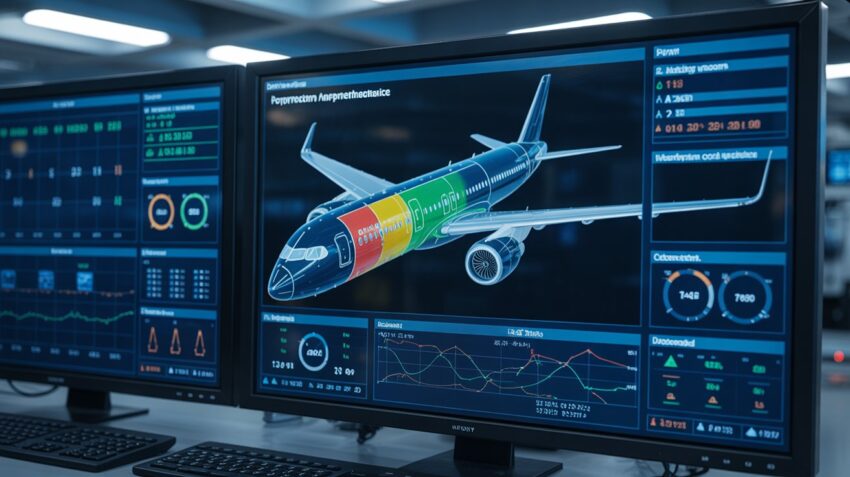Aviation Software Market Growth: Projected to Hit $18.12 Billion by 2030
The global aviation software market is projected to surge from $13.13 billion in 2025 to $18.12 billion by 2030 (6.64% CAGR).
The aviation software market is experiencing significant growth, with projections indicating an increase from $13.13 billion in 2025 to $18.12 billion by 2030, reflecting a compound annual growth rate (CAGR) of 6.64%. This expansion is propelled by several key technological advancements and regional developments.
AI Adoption Enhances Operational Efficiency
Airlines are increasingly integrating artificial intelligence (AI) into their operations to enhance efficiency and reduce costs. AI applications are being utilized for predictive maintenance, fuel optimization, and improving the passenger experience. Platforms like TCS Aviana and Airbus Skywise are leading the way in flight planning and maintenance analytics, enabling airlines to proactively address issues before they impact operations.
Cloud Migration Streamlines Operations
The shift towards cloud-based solutions is revolutionizing the aviation industry. Major carriers, including American Airlines and Pegasus Airlines, have migrated to cloud platforms such as IBM Cloud and Microsoft Azure AI. This transition allows for improved uptime, scalability, and cost-effective software access, particularly benefiting emerging airlines seeking to modernize their operations.
Cybersecurity Compliance Becomes Imperative
With the increasing reliance on digital systems, cybersecurity has become a critical concern for the aviation industry. Regulatory bodies are enforcing stringent cybersecurity protocols, prompting aviation firms to adopt software solutions that ensure compliance and protect sensitive data. This trend underscores the industry’s commitment to safeguarding operations and maintaining passenger trust.
Market Segmentation and Deployment Models
The aviation software market encompasses various applications, including flight operations, maintenance, repair and overhaul (MRO), crew management, airport operations, revenue management, and safety compliance. Deployment models range from on-premise to cloud and hybrid solutions, offering flexibility to meet diverse organizational needs. Licensing models such as Software as a Service (SaaS), perpetual licenses, and pay-as-you-go options provide further adaptability for users.
Regional Insights: North America and Asia-Pacific Lead Growth
North America remains the largest market for aviation software, driven by advanced AI adoption and robust cloud infrastructure. Innovation hubs like Silicon Valley continue to propel growth in this region. Conversely, the Asia-Pacific region is the fastest-growing market, fueled by the expansion of low-cost carriers and modernization efforts in countries like India, Indonesia, and China. These developments are contributing to a dynamic and rapidly evolving aviation landscape in the region.
Conclusion
The aviation software market is poised for substantial growth, driven by advancements in AI, cloud technologies, and cybersecurity. As airlines and aviation organizations continue to embrace digital transformation, the demand for innovative software solutions will persist, shaping the future of the industry. Stakeholders are encouraged to stay informed about these trends to leverage opportunities and navigate the evolving market landscape effectively.
The post Aviation Software Market Growth: Projected to Hit $18.12 Billion by 2030 appeared first on Travel and Tour World


